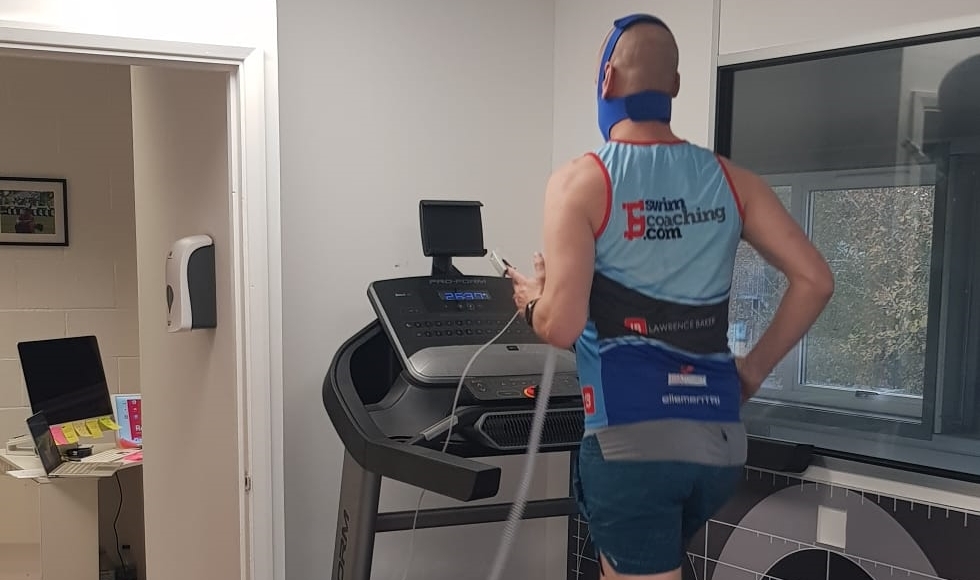Ankle Syndesmosis
I have seen a lot of patients with ankle syndesmosis, I find that this goes undiagnosed a lot of the time and tends to be why patients with other ankle ligament injuries don't recover.
I have seen a lot of patients with ankle syndesmosis, I find that this goes undiagnosed a lot of the time and tends to be why patients with other ankle ligament injuries don’t recover.

What is it?
Ankle Syndesmosis refers to the Syndesmosis or Syndesmotic ligament which connects the tibia and the fibula bones from the knee joint to the ankle joints. The tibia is the larger bone in the shin and takes most of the load when weight bearing. The fibula is the smaller bone on the outside of the leg.
If a syndesmosis injury is left untreated it can be a reason for ankle rehabilitation to fail. The ankle is made up of a number of joints and there are ligament structures on the outside and the inside which hold these bones in the correct alignment. If there is weakness or laxity in any of these ligament structures including the syndesmosis it can lead to ankle instability.
What are the symptoms?
As I have mentioned above this injury tends to occur in conjunction with other ligament damage, usually following some sort of trauma. Typical symptoms to highlight a possible Syndesmosis injury will be:

- Pain above the ankle and around the malleolus
- Patient unable to weight bear
- Calf pain.
- Reduced ankle dorsiflexion
- Treatment for the injury
This really depends on the severity of the injury. A mild sprain can be treated alongside any other ligament damage. Whereas more serious injury may require immobilisation of the joints and the use of crutches. A stress X-ray should be used to determine to extent of the injury.
Once the joint is stable patients can start rehabilitation work to get them back to full fitness.
